The Power of Storytelling in Building Your Brand Voice
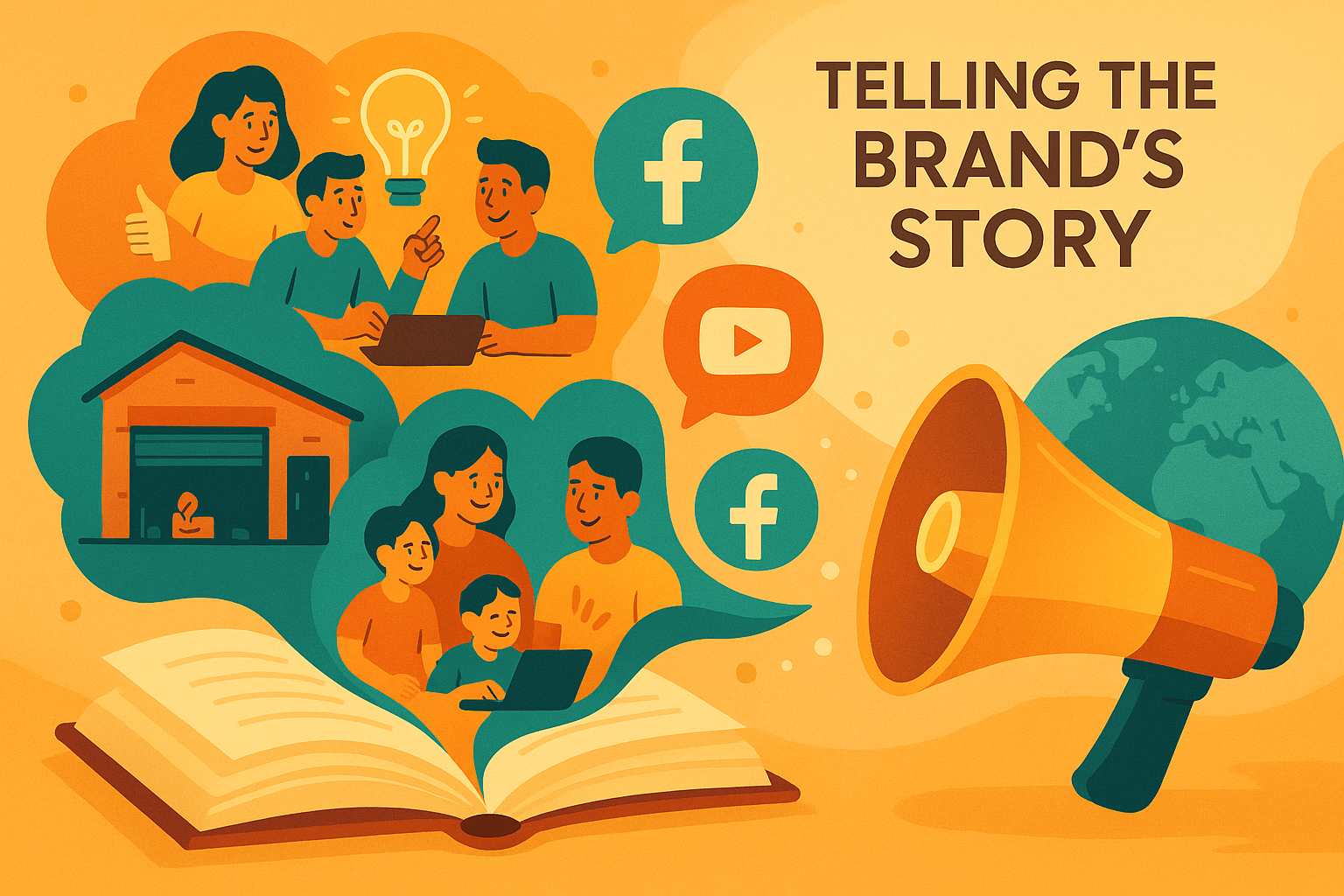
Every brand has a story — but not every brand knows how to tell it. In a world overflowing with ads and promotions, people don’t just buy products; they connect with emotions, values, and experiences. Storytelling is the bridge between what you sell and why people care. When done right, your brand’s story can make customers feel like they’re part of your journey. And that connection? It’s what turns first-time buyers into lifelong supporters.
Why Stories Matter
Facts tell, but stories sell.
A story makes your brand human. It goes beyond listing features and prices. It’s about creating feelings — excitement, trust, curiosity, or hope. Neuroscience research shows that stories activate parts of the brain associated with empathy, helping people feel more connected to you. That’s why storytelling works better than cold sales pitches — it builds relationships, not just transactions.
Your Brand Origin Story: Invite Empathy
Every brand starts somewhere — an idea at a kitchen table, a late-night frustration that sparked a solution, or a personal mission to change something in the world. Sharing the “why” behind your brand lets people see your values and passion.
Example: Instead of saying “We make eco-friendly bags”, you could say, “When I saw how many plastic bags were littering my city’s beaches, I decided to create a stylish alternative that wouldn’t harm the planet.”
See the difference? One is a fact, the other is a journey.
Customer Stories as Social Proof
People trust people more than they trust brands. Sharing real customer experiences can make your brand voice authentic and relatable.
- Share short quotes from happy customers
- Create mini case studies showing the “before and after”
- Use photos or videos for a stronger emotional impact
A customer’s success story is proof that your product or service works — and it inspires others to see themselves in the same situation.
Example
Dove’s “Real Beauty Sketches” is about how women see themselves versus how others see them. In emotionally resonant scenes, a forensic sketch artist draws each woman based only on her description, and again based on a stranger’s description. The results are moving and launch a powerful realization: we’re often our own worst critics—when in reality, others see us more positively. It’s simple, human, and deeply relatable.
Story Formats That Work
- Timelines – Show your growth or milestones in a simple visual.
- Case Studies – Highlight one customer’s journey and transformation.
- Quotes – Sprinkle short, emotional quotes throughout your marketing.
- Behind-the-Scenes – Show your process, your team, and the human side of your business.
Tip: Match the format to your platform. Instagram loves quick, visual stories. LinkedIn is great for detailed case studies.
Call to Action with an Emotional Hook
When ending your story, don’t just say “Buy now”. Tie it back to the emotion you’ve built.
Example:
“Every eco-bag we sell replaces 200 single-use plastics. Be part of the change — grab yours today.”
This makes your call to action feel like joining a movement, not just making a purchase.
Conclusion:
Storytelling isn’t just a marketing trick — it’s the heart of your brand voice. It’s what helps people remember you, trust you, and choose you over competitors. Start with your journey, share your customers’ wins, and keep the emotion alive in every message. The more real your story feels, the more your audience will want to be part of it. Because at the end of the day, your brand isn’t just what you sell — it’s the story you tell.
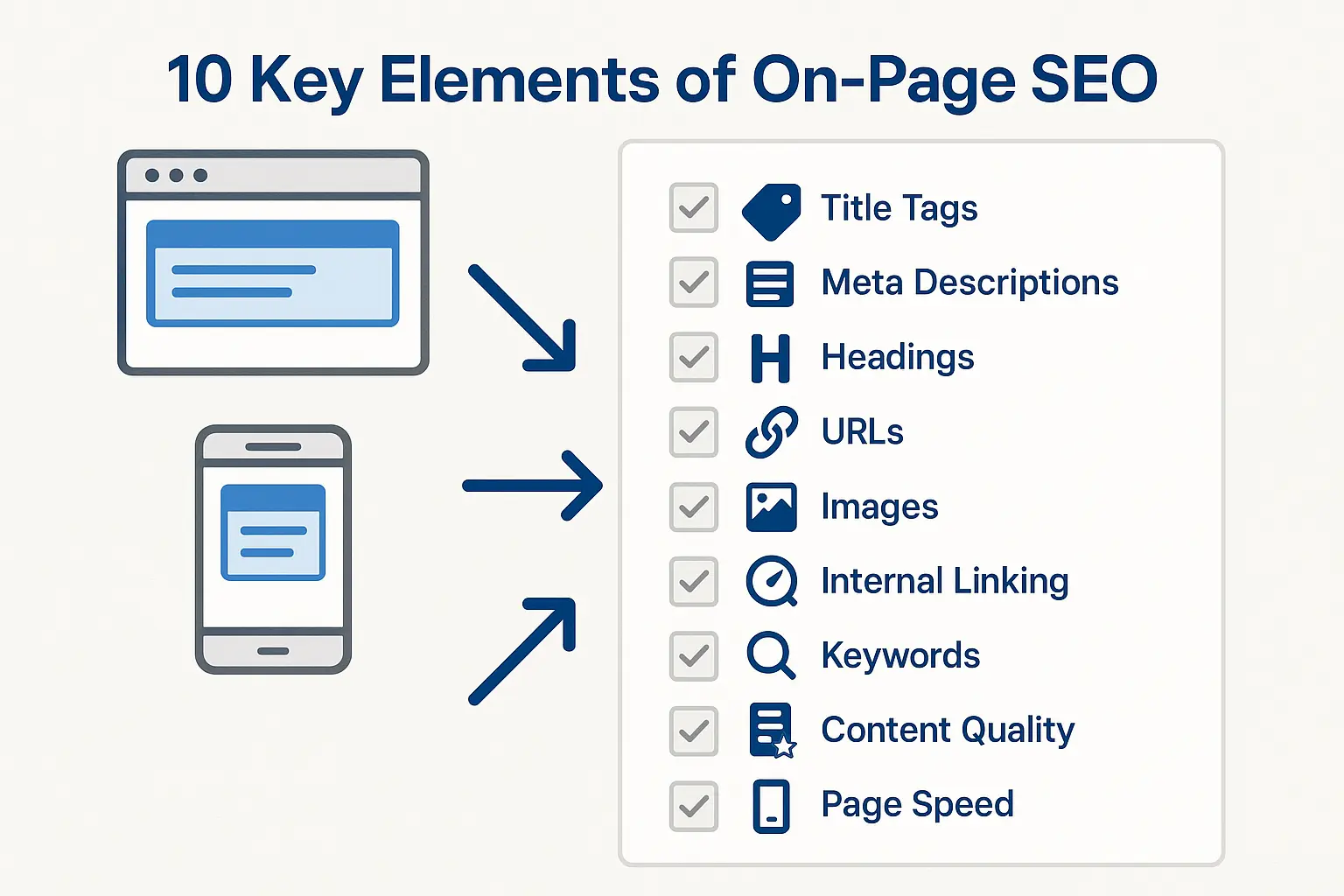
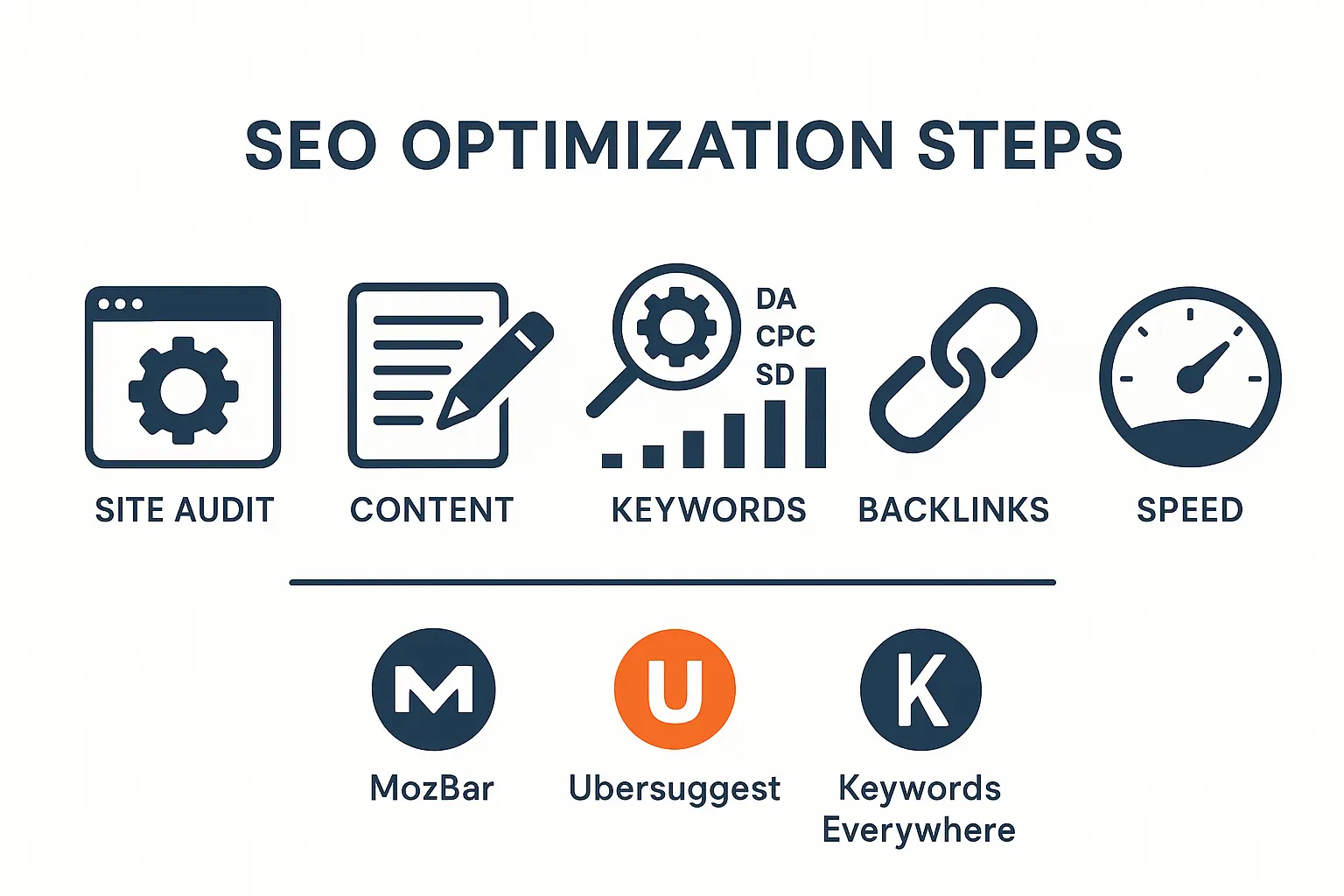
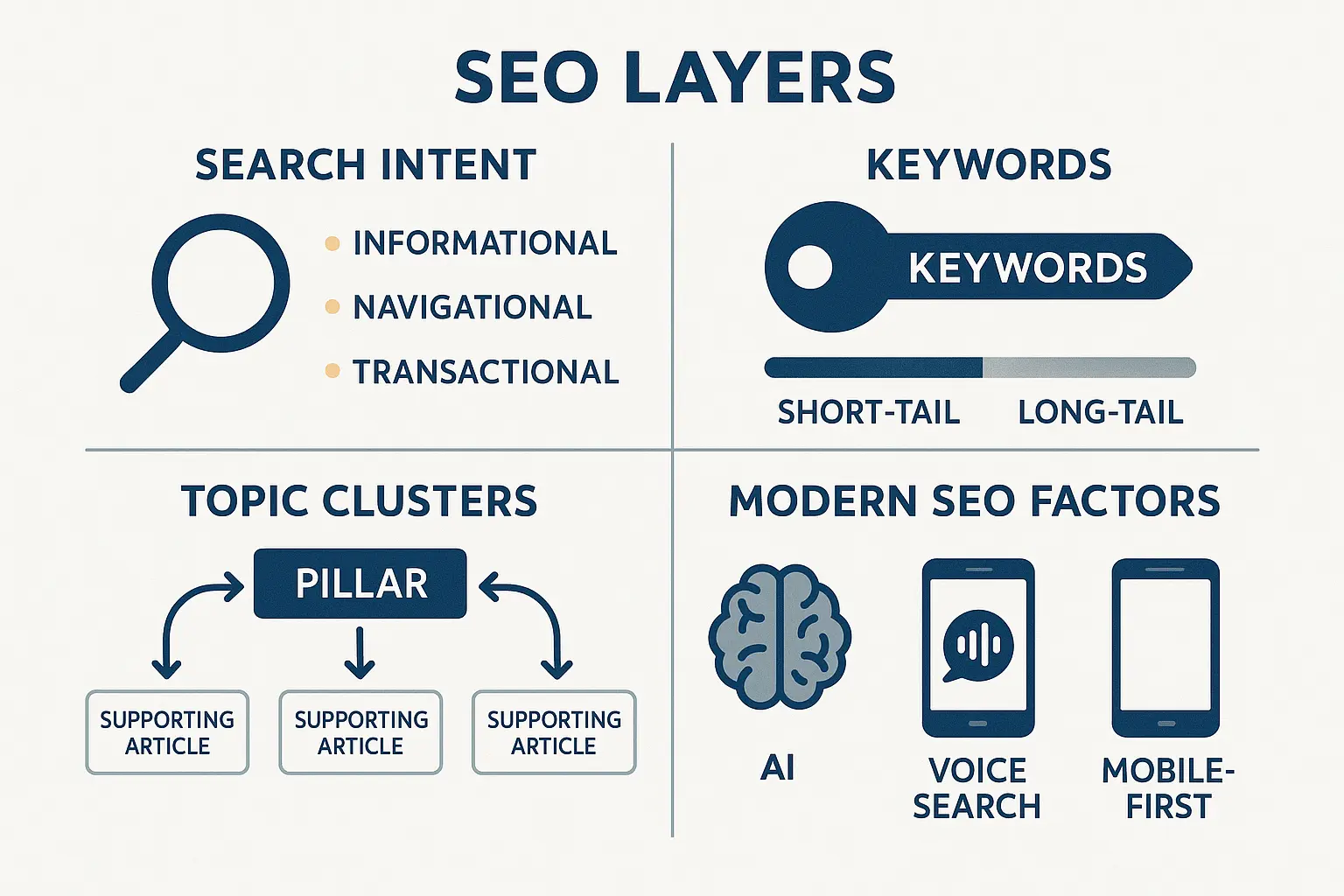
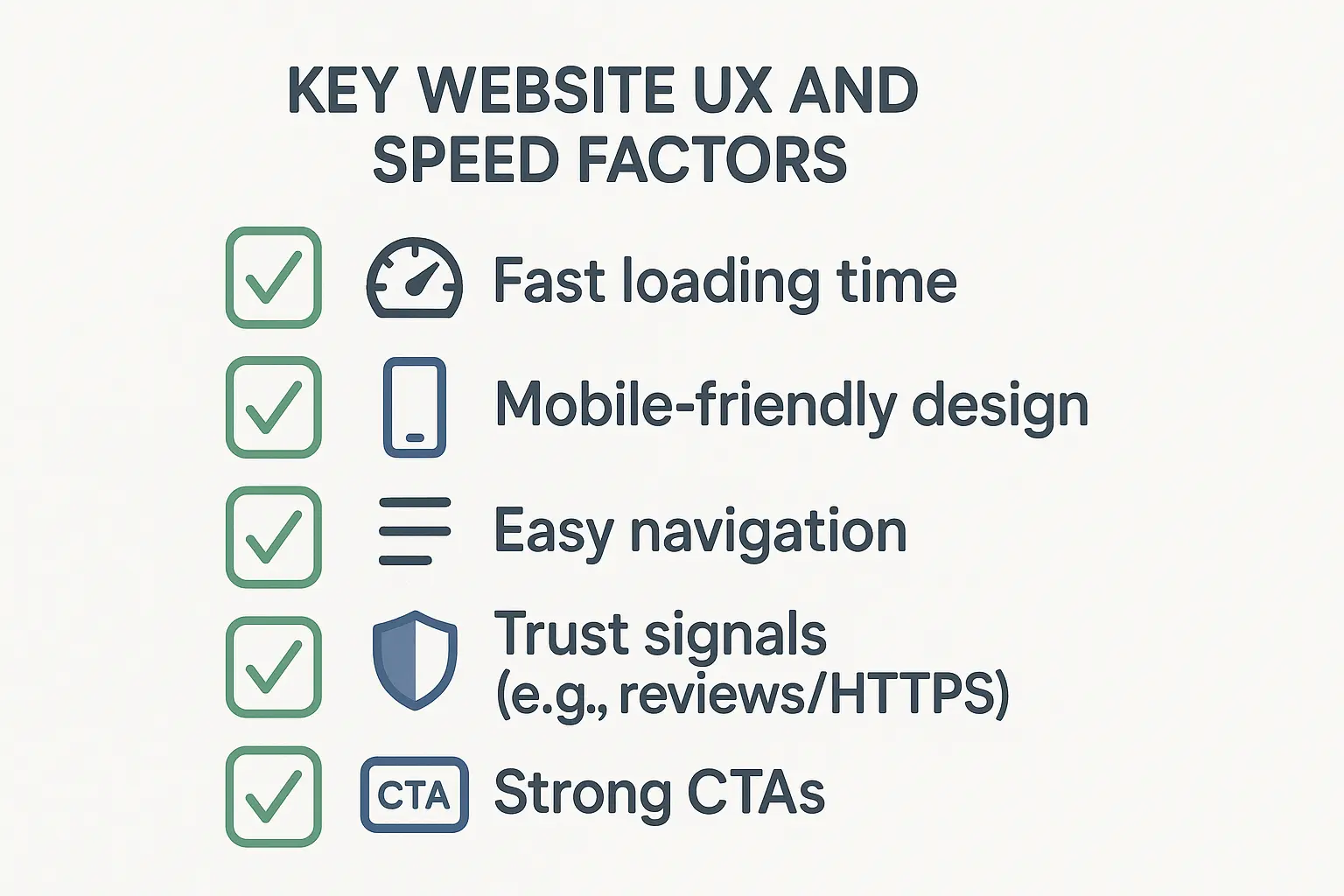
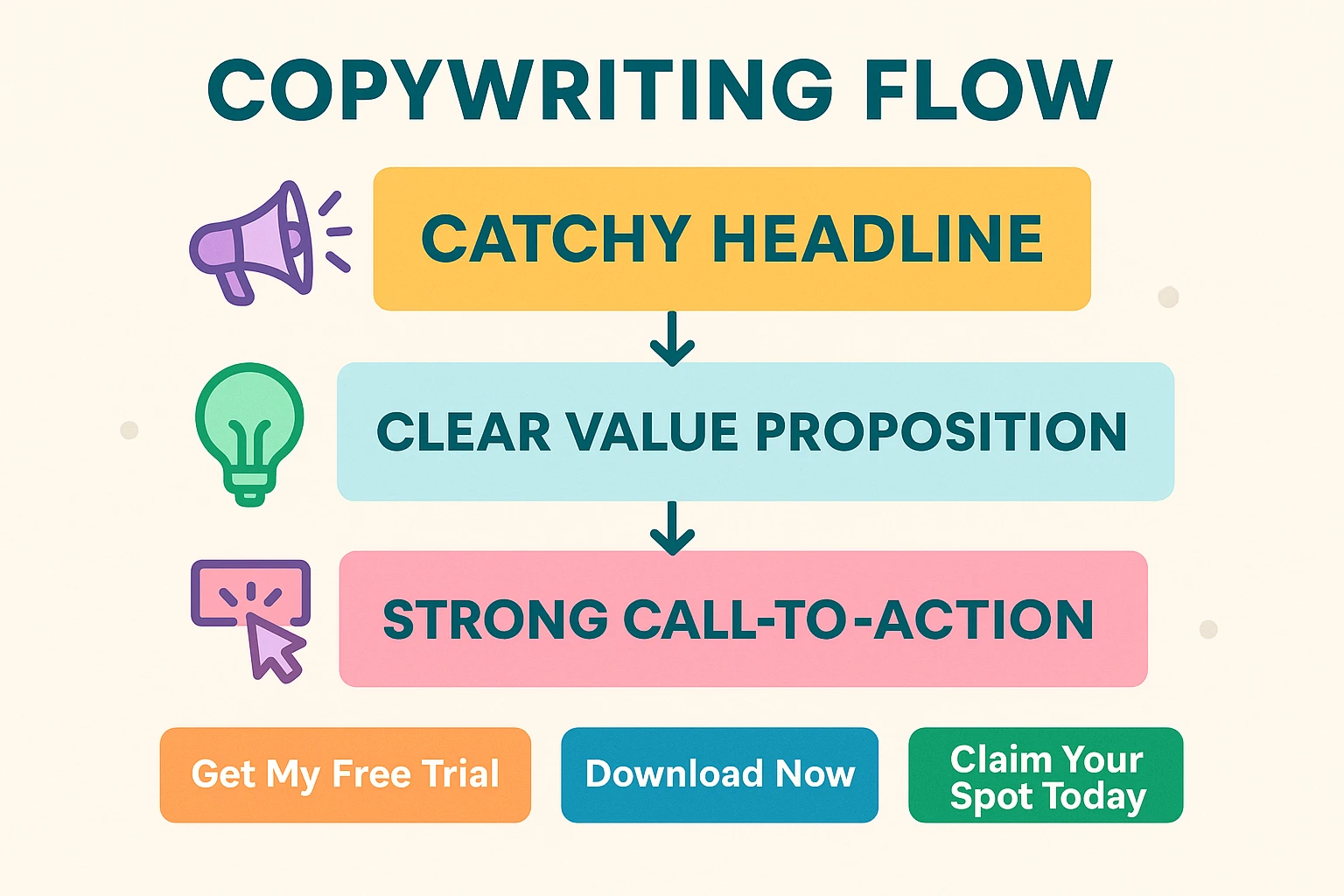
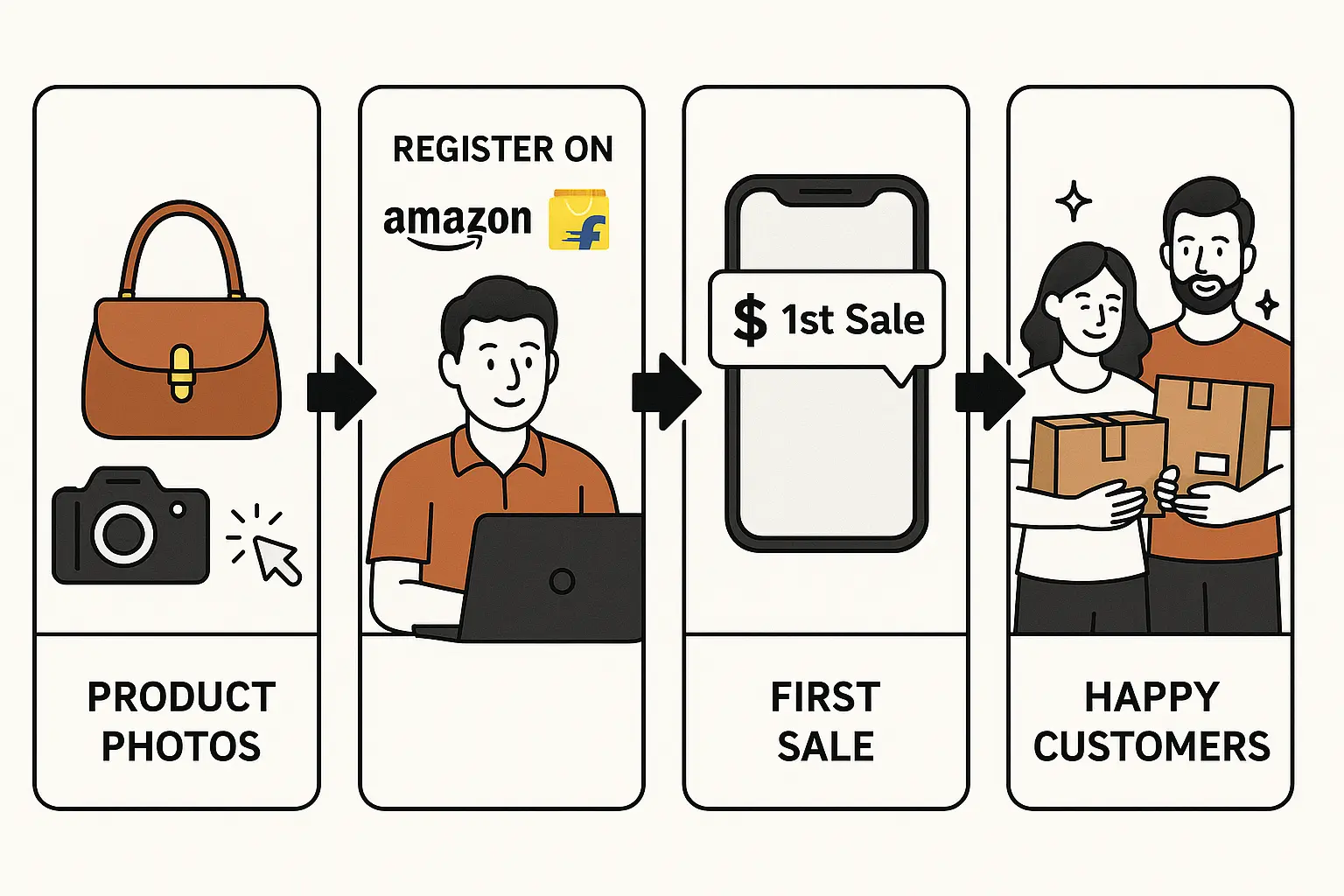

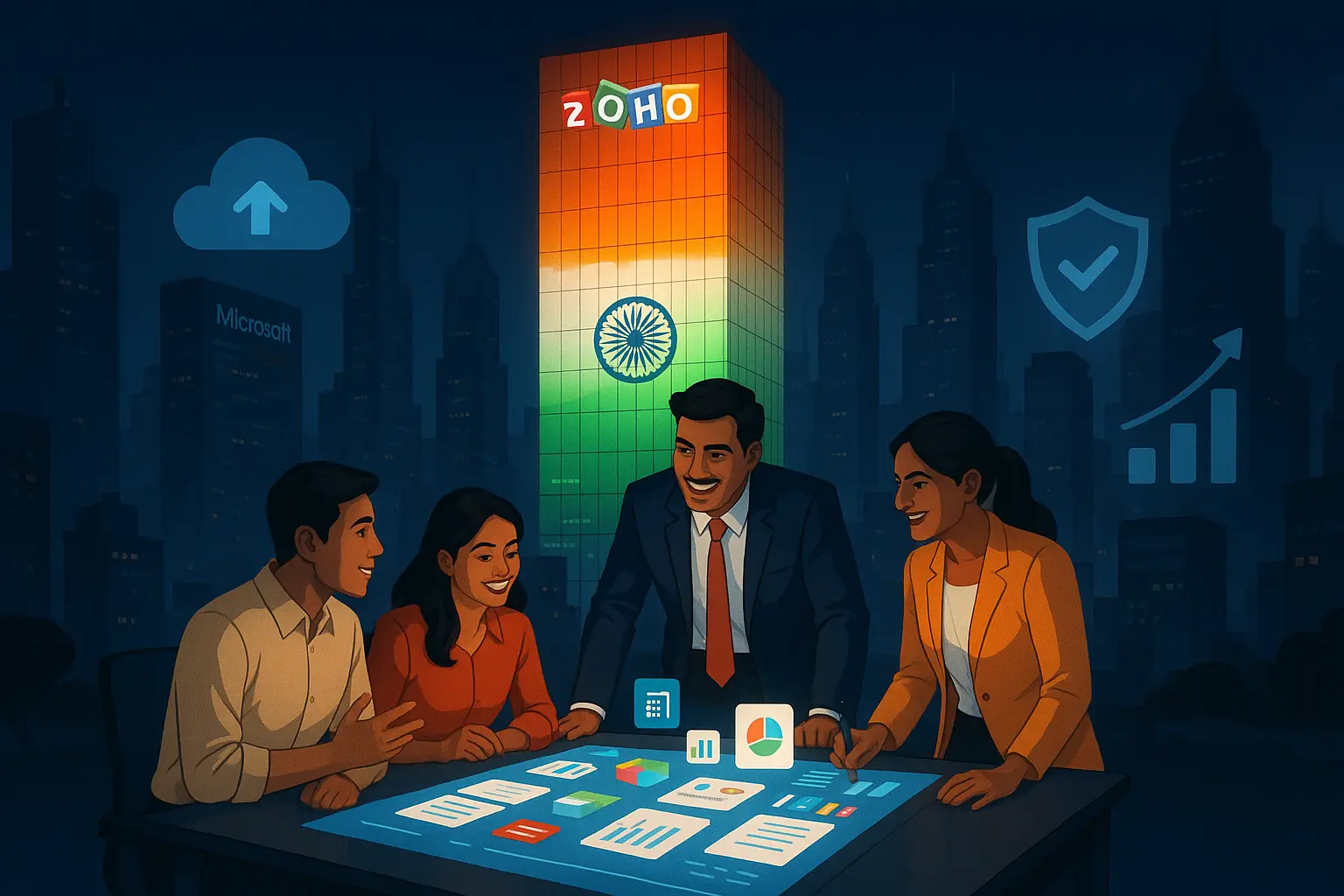
No comments yet. Be the first to comment!